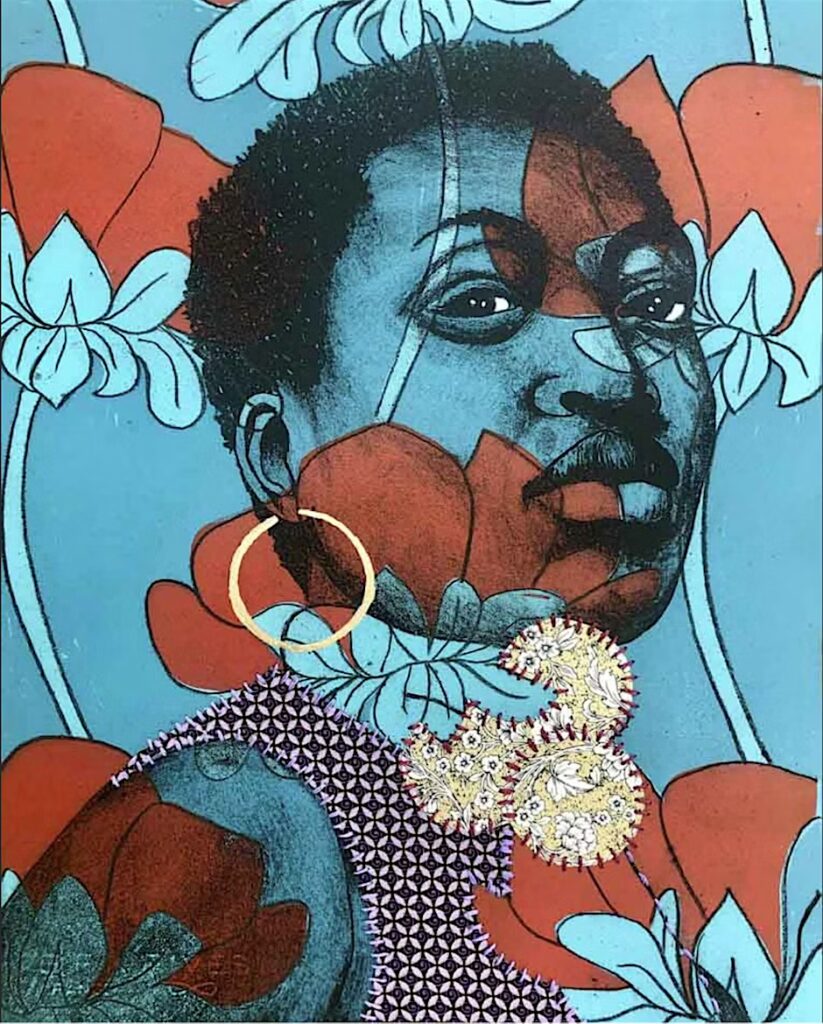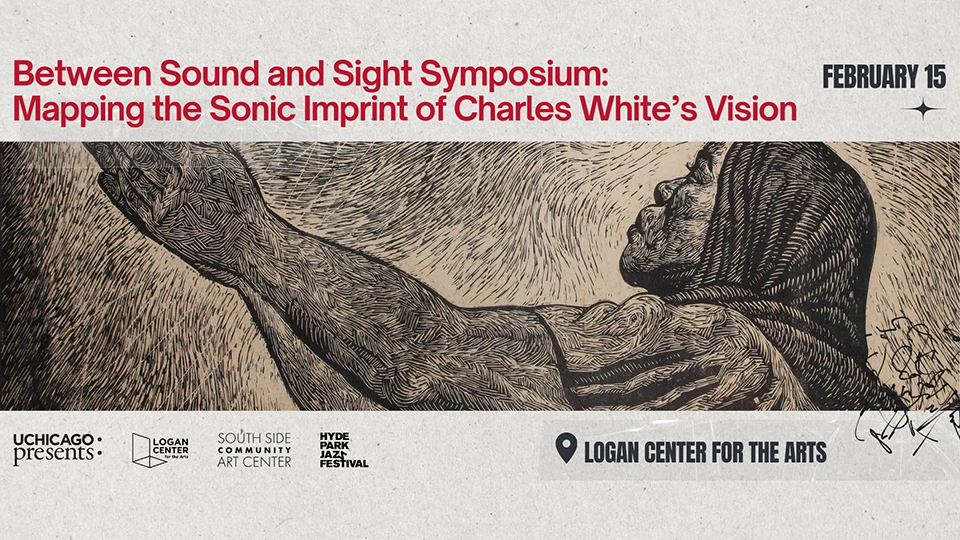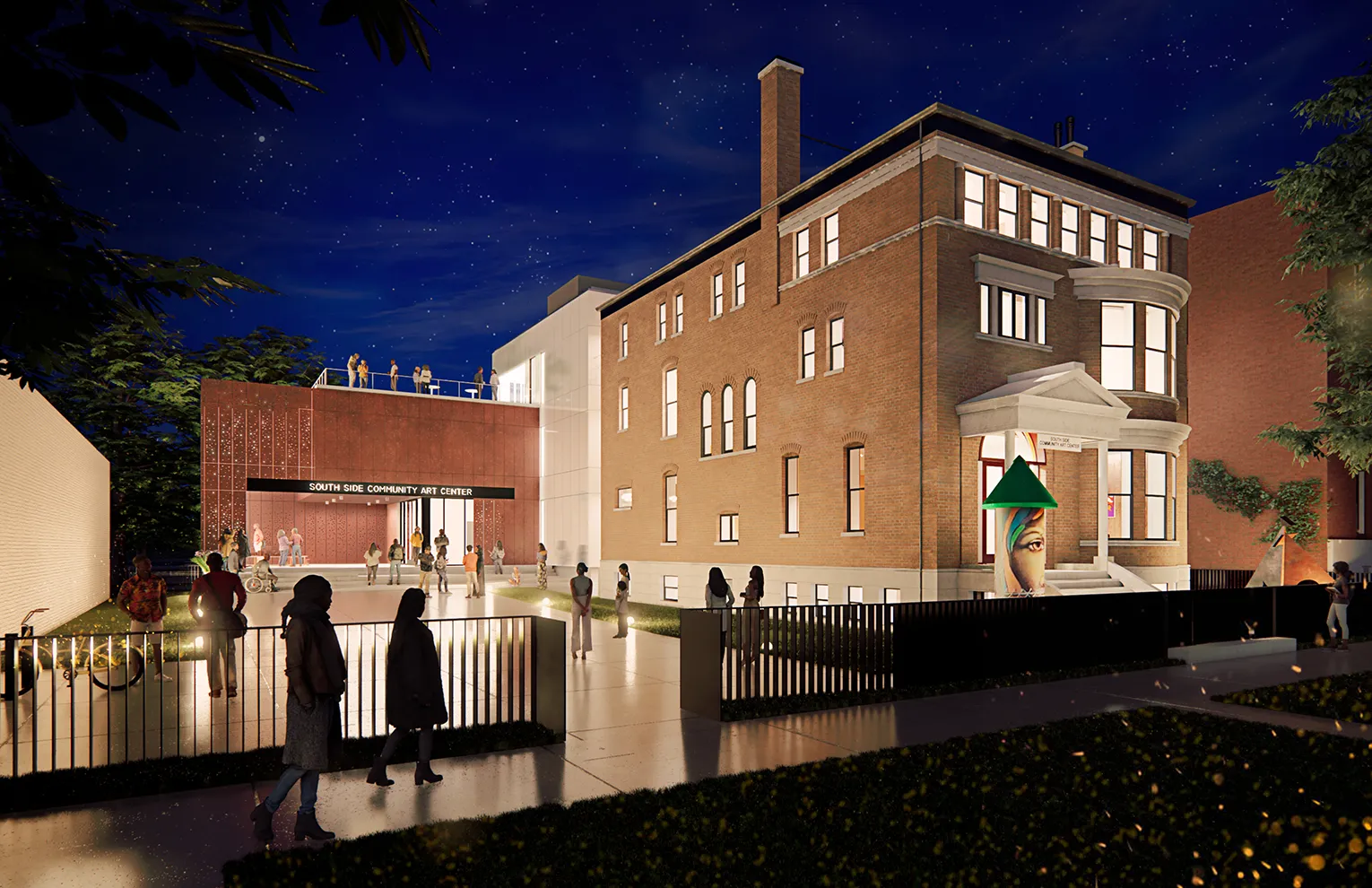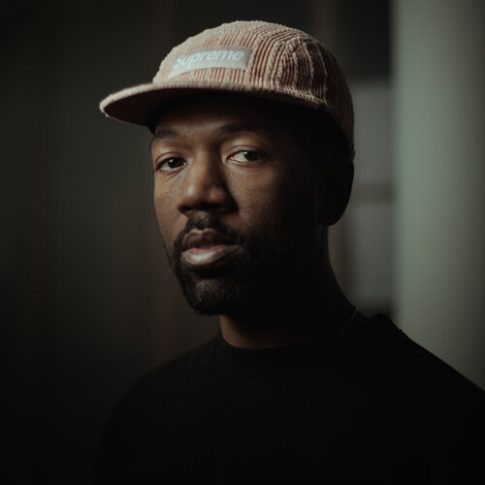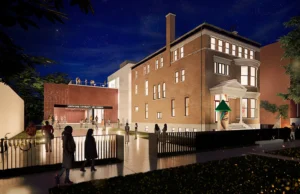
HISTORIC SOUTH SIDE COMMUNITY ARTS CENTER ANNOUNCES PLANS FOR $15M REHABILITATION AND EXPANSION OF COUNTRY’S OLDEST CONTINUOUSLY OPERATING BLACK ART HUB
CHICAGO – The South Side Community Art Center (SSCAC), the country’s oldest, independently run, and continuously operating Black arts institution, today announced its planned rehabilitation and expansion. An official Community





